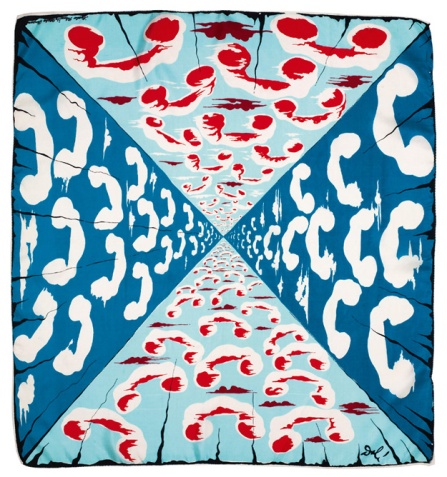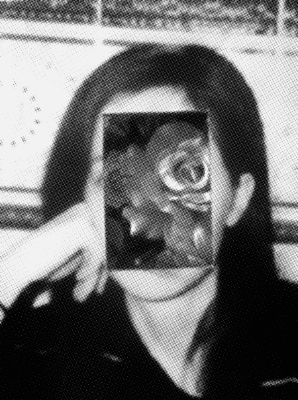I am elated to be recovered from at least a month of labyrinthitis and to stroll up the Rail Path to Miller Street, in the intoxicating heat of this Saturday afternoon in July.
Part Time, Deep Time by Meghan Price
First let’s think about textiles (domestic, temporal, decorative, familial, utilitarian and in the realm of craft; the human story told in placemats, dresses and rugs) and now geology (just the opposite, encompassing the study of the Earth, the solar system, nearly incomprehensible time frames, confounding forces, speculative theory; a trail of continents, boulders, pebbles to puzzle over.) In her exhibition at Katzman Contemporary, titled Part Time, Deep Time Meghan Price investigates this unlikely pairing and comes up with some fresh and unpredictable objects and images that seem to allude to the groping for understanding of some deep questions through the humble, practical arts.
Metamorphic by Meghan Price
Detail of Metamorphic by Meghan Price
I really liked looking at Metamorphic, the sculpture shown above. The artist hand-stitched geological markings onto paper to create an embroidery of a massive boulder. The manifestation of this eccentric idea is bold and exciting.
Meghan Price takes her knowledge of textile skills into new territory. She weaves wire, layers and folds it, literally bastes it to rocks.
Detail of Erratics by Meghan Price
Detail of Wire by Meghan Price
Installation view of Stratigraphy by Meghan Price
In her piece Stratigraphy Meghan Price creates a sculpture reminiscent of a typical geologists core sample, except this one is made of screen printed fabric, variously patterned and compressed, and looking quite a bit like a towel display at Pottery Barn.
Detail of Stratigraphy by Meghan Price
I recently saw an exhibition at the Textile Museum of Canada called Artist Textiles. A number of the most familiar artists of the twentieth century (Warhol, Picasso, Dali, Matisse) were included. In every case the artist textiles were images by these extremely famous artists printed onto fabric. The same images could just as easily been been printed onto bookbags or mousepads. It was like the gift shop took over the Museum. Meghan Price, on the other hand, goes so deep into this domain that it becomes abstract, open ended and encompassing all.
Number Please? scarf by Salvador Dali
Thin Air, Bright Light by Yi Xin Tong
While walking around the gallery I learned that Yi Xin Tong was born in Antarctica. I couldn’t help wondering if his short films (stop action GIFs), made from found imagery of various situations playing out in a dramatically barren, snow and ice landscape, were related to this fact in some way. Do these silent, dreamlike tableau equate to memories of early years in the deepest south?
Installation view of short films by Yi Xin Tong
How to Capture Penguins by Yi Xin Tong
The films, some only a second or two in length, some with a single image which flickers slightly, read as mysterious messages from another time and a stark realm. I like the efficiency at work here, the way so much content and formal nuance is packed into these succinct artworks.
Yi Xin Tong’s carved inkjet prints on paperboard share that sense of ‘less is more.’ Quite literally, in this case, since the artist excavates the boards, tearing out the former depictions to create mysterious and playful new images upon an expressive and unifying ground of swirling striations and gouges.
Piano Factory II by Xi Yin Tong
Arwork by Yi Xin Tong



























